"One midsummer's eve our tents were flattened by 50 cm of snow. In the middle of winter it's warm enough to swim in the sea. Where else in the world has that?"
I'm drinking tea with Fariborz Najdaki, recent recipient of a lifetime achievement award from the Iranian Mountaineering Federation. He describes Iran's mountains, particularly the Alborz range close to Iran's capital, Tehran, as up there with the Himalayas and the Alps, and believes Iran has the potential to be the outdoor adventure capital of the world.
The Alborz and Zagros ranges combine to create an extensive and rugged landscape covering much of Iran. You'll find sport-climbing, bouldering, big walls, trad and aid climbing, easy-access ski resorts, remote ski-touring, trekking, ice-climbing and mountaineering, and even deep water soloing. Whatever you're into, it's there.
Add to that the amazing food, low prices, reliable winter snow and summer sun, friendly people, and unique and ancient culture, and you have somewhere pretty special.
So why haven't we heard more about it?
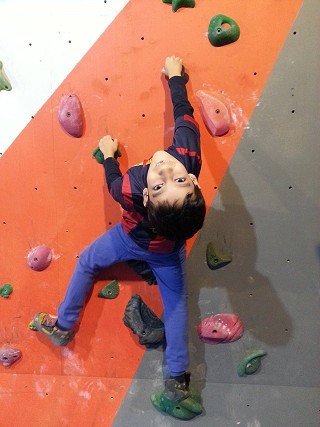
When you research you'll discover there's not much information on Iranian climbing to be found in English. There's often not much in Farsi either. For example, Band-e Yahkchal, Iran's largest developed bouldering area, doesn't have a guidebook. As Fariborz says "We are not very good at making guides in Iran, and for this I am sorry. I have seen how much climbing we have to offer."
The last few years have seen changing international attitudes and more interest in travel to Iran. Independent trips can be tricky to organise and it's often easiest to go through one of the specialist tour operators. Not only will they help you sort out a visa, but they have all the local knowledge that you'll struggle with unless you speak Farsi. Which you probably don't.
Whether you boulder, ski, or are most at home on a portaledge, Iran has so much to offer that it won't all fit into a short article. It'd be like to trying to cover the whole of France and comparing Fontainebleau slabs to skiing the Vallee Blanche. Instead I'll give you some inspiration for where and why you should take a journey of discovery into the great Persian outdoors.
Sport and Trad
Most people come to Iran for the mountains, but there's a huge amount of top-notch shorter (and harder!) stuff developed. Sport, trad, and even aid routes often live harmoniously on the same crag. You have many options for where to base yourself, and it may be best to move between several different areas so that you can also experience different rock types.
Tehran - Pol-e-Khab is the best sports crag near to Tehran, a couple of hours drive away. It has generally vertical routes from 20 to 120 metres high. There are over 100 routes, mainly bolted, from fun 5's to technical 8's, and it's climbable all year. A guidebook is available from iranclimbingguide.com.
Baraghan is closer to Tehran and is again climbable year round. The hard sandstone has routes in the 6's and 7's, with a few 8's including the 8c+ Khonasham (Vampire).
Band-e Yakhchal is easily accessed on the outskirts of Tehran (especially when the lift is running, cutting the approach to a 45 minutes walk). Now popular for it's bouldering, historically it's been a testing ground for the locals. Its huge gneiss boulders and 300 metre face have routes from easy F4 sports through to out-there A4+ aid climbs. The 5-pitch classic of Reza Motori through the 15-foot overhang goes at about E2/3 (or 5.10d R A3).
Kermanshah is 500km west of Tehran and, whilst it's most famous for the big wall of Bisotun, has several sports crags in the vicinity. The stand out of these is Chalabeh, with up to 100 sports routes on truly stunning Gaudi-esque limestone. If you climb from the mid-6's upwards then there's plenty to keep you busy. If the existing 9a+ doesn't stop you there's plenty of projects. A guidebook is available from iranclimbingguide.com.
Isfahan - Follow in the footsteps of Killian Fishburger and take a trip to the attractions of Isfahan. The Iranians say "Isfahan nesf-e-jahan", meaning that if you've seen Isfahan, you've seen half the world. Right on the edge of the city is Mount Sofeh with easy and not-so-easy sports routes on honeycomb sandstone. Also close by are the large caves and steep lines of Ghale Bozi.
Alternatively, you could head up north, and check out some of the big trad options, or stop in at the recently-developed futuristic roofs of Maku.
Big walls
Iran's geology lends itself to big walls of rock, and you can find many of them, often unclimbed, throughout the country. The best known are Alam Kooh and Bisotun, though you might also want to check out Yafteh, Dorfak, and Lajvar.
Alam Kooh - The north face of Alam Kooh (Iran's second highest mountain) is the most well-known of Iran's big walls. Lying in the Alborz range, it's reached in 4 to 5 hours from Tehran via the quaint village of Roodbarak. Its 400 metre high routes are serious propositions. The easiest way up is the German Flank at about VS (FA 1936!), the hardest is 7c, and both are a 1-day hike to basecamp at 4000 metres.
Bisotun - Less well-known, with only 1 ascent logged in the UKC logbooks is Bisotun. This massive face is 5km wide and 1200 metres high, and hosts over 100 routes, ranging from 4 up to 8c. It's easily accessed from the Unesco-protected nearby town of Bisotun, and has huge scope for new-routing. There are even 3 huts built into the face to make those multi-day ascents more comfortable.
Bouldering
Iran has lots of bouldering, not so many guidebooks. Often the bouldering takes place on crags with established routes. Khorzane is well-developed with hard problems on steep sandstone roofs. Chalabeh and Verdij will also keep you busy.
The big one though is Band-e Yakhchal, Iran's number 1 bouldering spot. Approach is through the village of Darband which, with its endless restaurants hugging the river gorge is reminiscent of a blinged-up Nepalese village. After an hour's stiff march you break out into the mountains and the huge boulder field of Band-e Yahkchal.
Potentially climbable all year round (though wrap up warm in winter), Band-e Yakhchal has some huge lumps of rock, such as the Maryam boulder, that really stretch the definition of highball. That's why there are lines of bolts up there. This crisp-aired mountain col is a huge playground, with loads to go at for climbers of all abilities. In late spring and summer you'll find plenty of locals to share a pad or a spot.
If you fancy a change from your annual spring-break to Fontainebleau then why not test-drive my dream trip? Camp at the Band-e Yakhchal boulders or by the banks of the nearby river, or bivvy in one of the well-used caves. Then spend your days exploring and climbing and the evenings eating kebabs, fried fish, and other Iranian delicacies at the very affordable restaurants in Darband. Finish off each day in a café with a pot of tea, juicy dates (the food kind), and an optional shisha pipe as you relax on your takht (a cross between a bed and a large sofa) above the tumbling waterfalls.
Mountaineering and winter-climbing
Where to start? Iran is a mountainous place with a staggering 146 4000-metre peaks. Mount Damavand in the Alborz range is the highest and most recognisable, an extinct volcano with the perfect mountain shape of an isosceles triangle. At 5610 metres it's arguably the most accessible peak of it's height in the world. Visible from Tehran, it's just a half-day car journey, and has a friendly "tourist" route to the summit in 3 or 4 days.
In a more cosmopolitan setting is Tochal and its surrounding peaks which loom over the north of the Tehran. Every weekend Tehrani hikers make the trek to the summit, a perfect day trip from the city. And if you run out of time (or energy) you can always catch the ski-lift down.

For something substantially more remote you can venture to the Zagros range spanning nearly the entire western border of Iran. Its total length is over 1500 miles and in some areas, aside from the roaming nomads and their sheep, there are very few people there. It's full of "very, very remote places. Nobody goes there. There is no reason to go there except for mountaineers". There are even 3500 to 4000 metre unclimbed summits.
Ice-climbing is very popular in Iran, with Zohreh Abdollahkhani's international competition wins making her a great ambassador. The ice falls at the towns of Khur and Meygoon, both close to Tehran, are two popular and easily accessible venues. Meygoon even has its own ice-climbing school with artificial walls for year round climbing and competitions. They mean business!
Skiing
Mention that you've been skiing in Iran to almost anyone and the immediate response will be a puzzled "Skiing?". Despite preconceptions, Iran has some great skiing with three resorts close to Tehran. And it's cheap - lift passes are £15 to £20 per day.
Tochal - with a top lift height is 3850 metres, Tochal is the 6th highest ski resort in the world. The slopes are limited to just 6km, but a day there is a great warm up for other resorts, or as a day trip from Tehran. The 40 minute cable car up has stunning views over Tehran, and you can marvel at the size of a city that holds 17 million people.
Shemshak - Iran's second largest ski resort after Dizin lies just over an hour away from Tehran. Although fairly small, it's quiet and the slopes are steeper and more interesting than Tochal. It's recently gained fame for having the coolest ski hotel ever. You can hire a taxi for £30 to £40 for the day to drive you from Tehran and wait while you ski.
Dizin - Iran's premier ski resort, a couple of hours drive from Tehran. It's standout features are the season length which runs through to May, and its powder, which rivals that of the North American resorts. Even better is that most Iranians stick to the piste, so it's easy to grab fresh tracks.
Ski Mountaineering
Ski mountaineers have almost unlimited options. The current favourite for Westerners is climbing, then skiing down Damavand, and it's popular for a reason. Easy access, relatively safe, iconic peak, and the opportunity for a day or two exploring Tehran. Allow up to a week, including acclimatization and travel from Tehran.
Around Alam Kooh you can find classic touring, with multi-day itineraries across rolling terrain with steep gullies and chutes.
Top tips for Iran
Tarofing – the Iranian equivalent of Mrs Doyle's "Go on, go on, go on". Polite refusals of food/drink/a bed for the night may need repeating 3 or 4 times. It's often easier to just eat something you don't want to than navigate the nuances of the tarof.
Don't hire a car! – Iran has the highest driving death rate per capita in the world. You don't have the skills to drive there, so take a taxi and marvel as cars drive straight at you, coming the wrong way round busy 5-lane roundabouts.
Catch some history – from the labyrinthine Grand Bazaar in Tehran to the 2,500 year old ruins of Persepolis, via palaces, gardens, and mosques, Iran's cultural treasures have been largely hidden from Western eyes for the best part of 40 years.
Dress modestly – this means that in public spaces men should avoid shorts and women should wear a headscarf and keep their arms and legs covered (a pair of jeans and loose fitting shirt are fine). Once you're up in the mountains you can relax and let the wind play through your hair.
Detox – the Iranians love their fresh fruit, tea, and nuts, and getting hold of alcohol isn't that easy seeing as it's illegal. So gorge yourself on sweet black tea, buy bbq'd sweetcorns and beetroot from street vendors, and visit a nut stall. Your body will thank you.
Logistics
When to Go
That depends on what you want to do. Over New Year (our New Year - the Persian calendar has New Year in March) it's skiing and ice-climbing season round Tehran, but in the South of Iran it hits 30 degrees. In the height of summer you can be shivering in snow on Tochal, looking down on Tehran as it swelters in the high 30's. Essentially, follow the same timings as you would in Europe, but adjust as necessary. For example, if you want to ski Damavand then it's best to wait till April for the right conditions.
How to Get There
As of last year BA fly direct from Heathrow to Tehran's Imam Khomeini International Airport in around 7 hours. Cheaper, non-direct alternatives are available with Pegasus and Turkish Airlines, but with BA flights starting at around £350 why would you? Internal flights from Tehran with Mahon Airlines to other cities will set you back around £100 return.
Visas and Tour Guides
If you're a UK citizen then it's currently obligatory to travel through an official tour guide who will help you apply for a visa. There are several who are climbers themselves, and with the language and cultural barriers, it will help your trip to have them involved.
Try the UK-based Persian Pursuits and the Iranian-based iranclimbingguide.com.
Citizens of some other countries don't have the same visa requirements and can organize their own independent trips.
Accommodation Advertise here
No Premier Listings found in this area
Iran's hotels can be basic, especially outside Tehran. High-end options are available and there's an Ibis and a Novotel close to Imam Khomeini International Airport. If you're with a tour guide you may find yourself staying in the homes of the locals. You may find this happens regardless, as any number of friendly Iranians insist that you stay with them.
Camping is a good option, especially if you're in the mountains. Mountaineers and skiers are supported by well-maintained mountain huts, some of which can hold up to 100+ people.
Food and Supplies
Iran might just have the best food in the world. Everything is done with a unique twist that you haven't tasted before. Rice (pollo) comes with most dishes and is flavoured with saffron and butter, and cooked with a specialty hardened crust base (tardeek). Meat-eaters will love the range of fresh kebabs and stews – the Iranian staple of gormeh sabzi is a delicious mix of beef, herbs and beans. Veggies should keep an eye out for kashk e bademjan (fried aubergine dip served with flatbread) and aash (a thick and warming noodle soup).
All this is washed down with endless cups of black tea, accompanied by fresh dates, salted nuts, and pistachio-flavoured sweets.
It's not as cheap as it used to be, but Iran is still a cheap place for Europeans to go. You'd have to make a real effort to pay over £10 for dinner, and you can usually get something for half that.
It's difficult to get hold of Iranian money outside of Iran, so the best option is to take cash and change it in a bank or money exchange when you arrive. Credit cards won't work over there.
Gear
The simple answer is that you're better off taking your own. Gear shops aren't especially cheap, and the hire equipment is usually well-used. If you go on a tour then some basics may be provided.
Outdoor Shops Advertise here
No Premier Listings found in this area
Instructor/Guides Advertise here
No Premier Listings found in this area
Other Things to Do
Iran is an old country with a lot of history. Its cities are well-connected with short flights, so it's easy to do a couple of cultural days seeing the famous sites in Istfahan, and Shiraz.
If you prefer something more modern then take a trip up Milad Tower in Tehran, the 6th (or is it 7th?) tallest building in the world.
For some winter warmth take an island break to Kish or Quesh'm in the south. In Quesh'm you can go dolphin-watching, but you still won't be able to pronounce Quesh'm.
Alcohol isn't readily available (in public), so Iran's social culture is based around cafés and restaurants. Eating is a serious business, where you take you time, stay out late, and socialize with friends.
Travelling in Iran
Traffic aside, Iran is a safe place with little crime. The people are incredibly friendly and with relatively few tourists they're interested to hear what you think of their country.
The main language is Farsi, and whilst some English is spoken, the completely different culture means that even something as seemingly simple as catching a taxi can be fraught with bafflement. Don't let that put you off – if you aren't with a guide then everyone will go way, way out of their way to help a tourist.

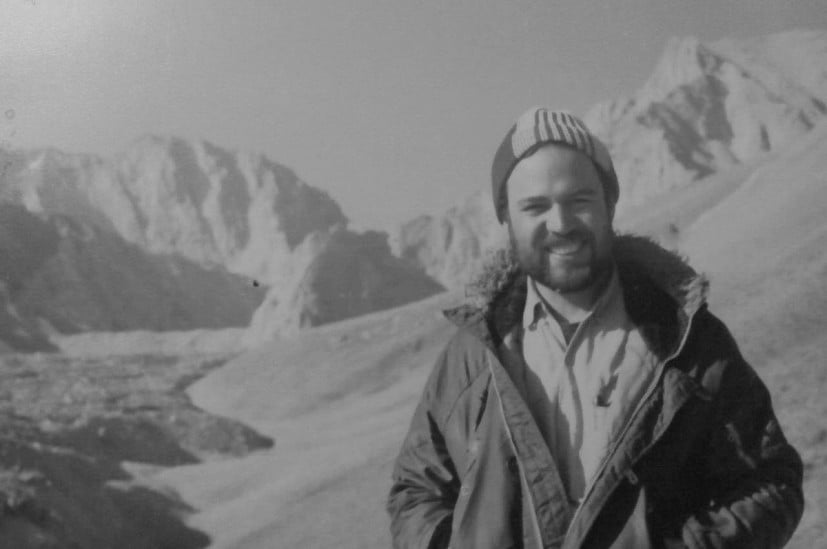


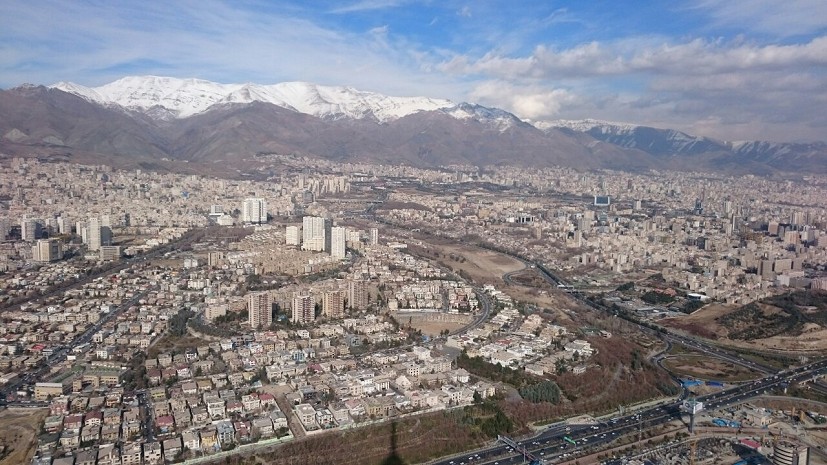
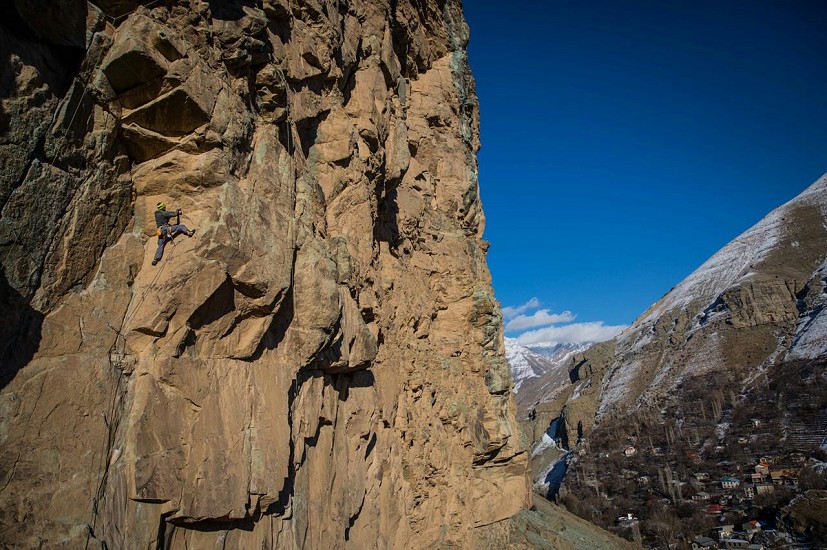

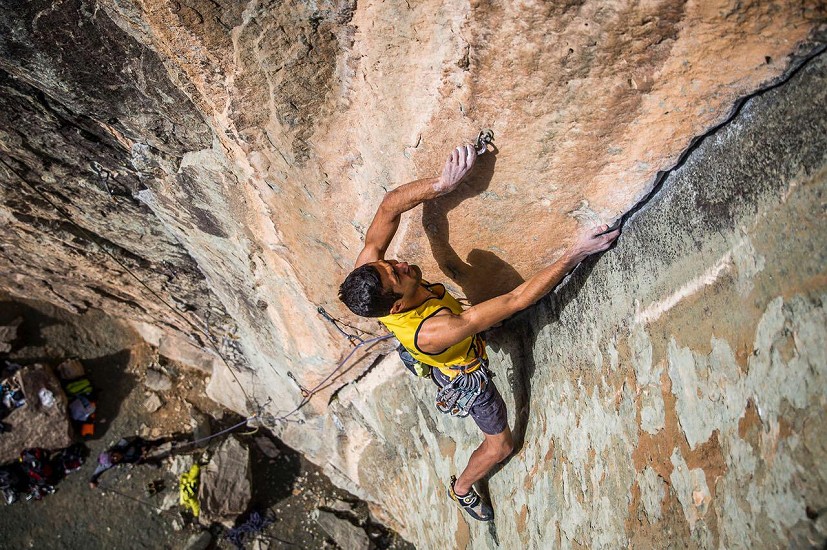
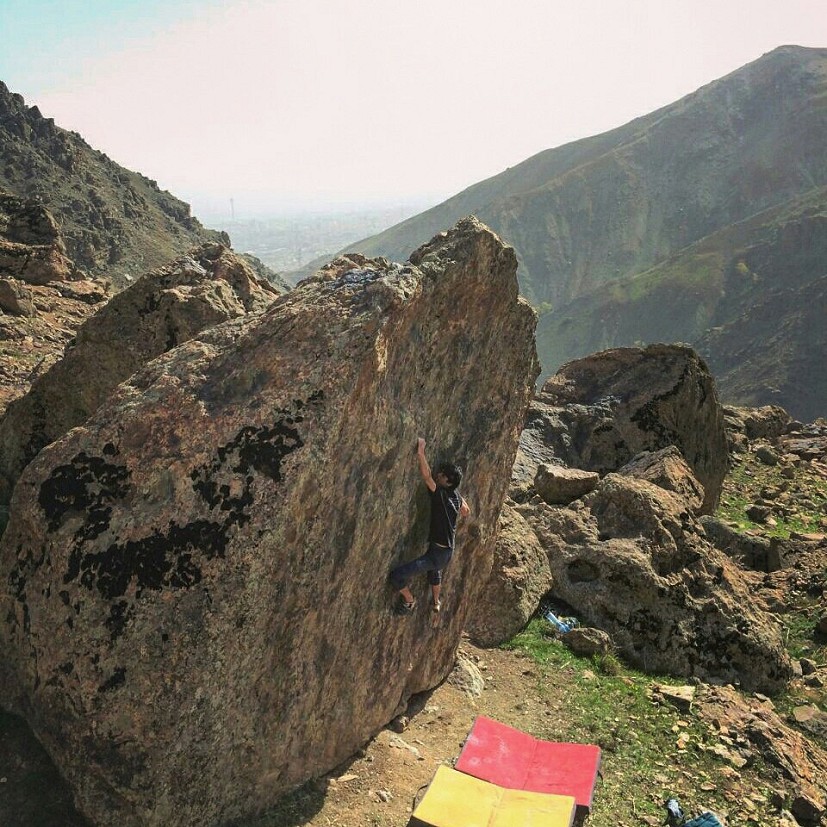
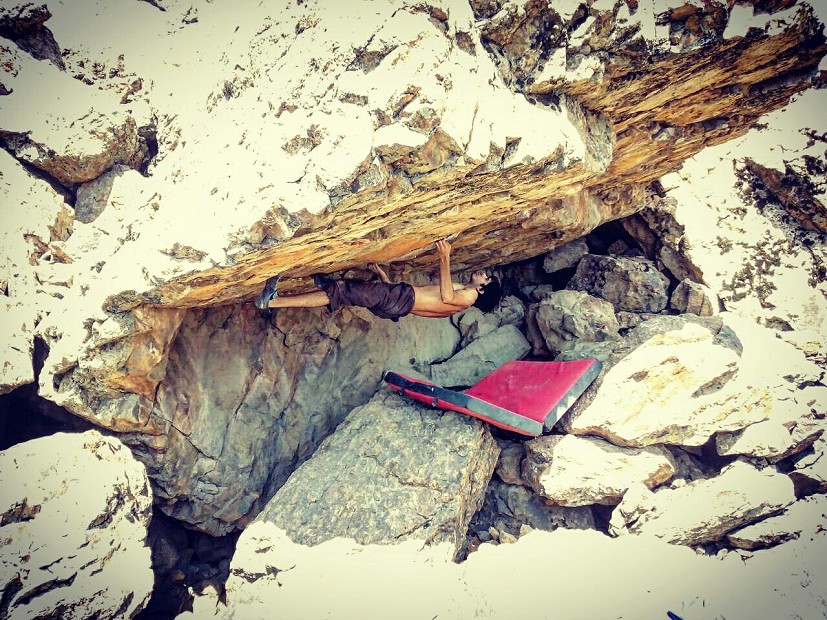
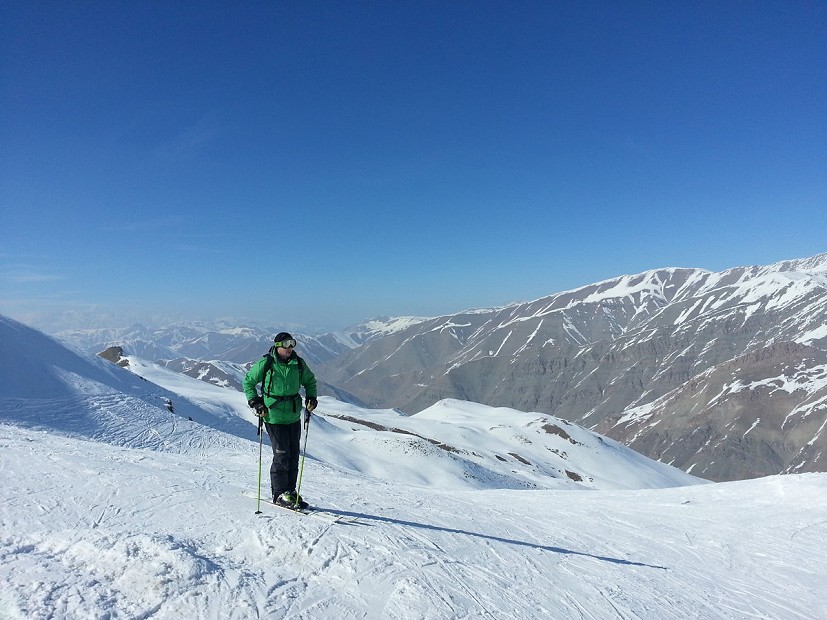
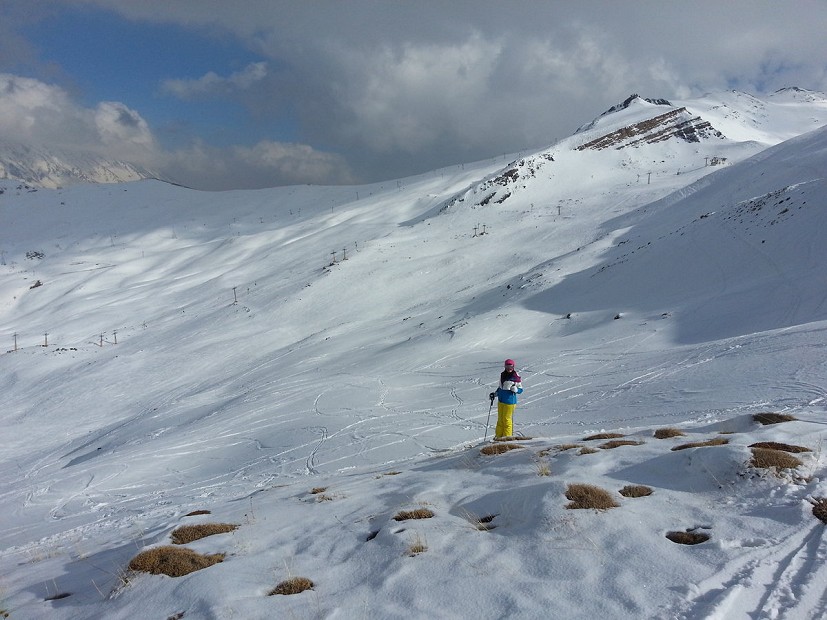
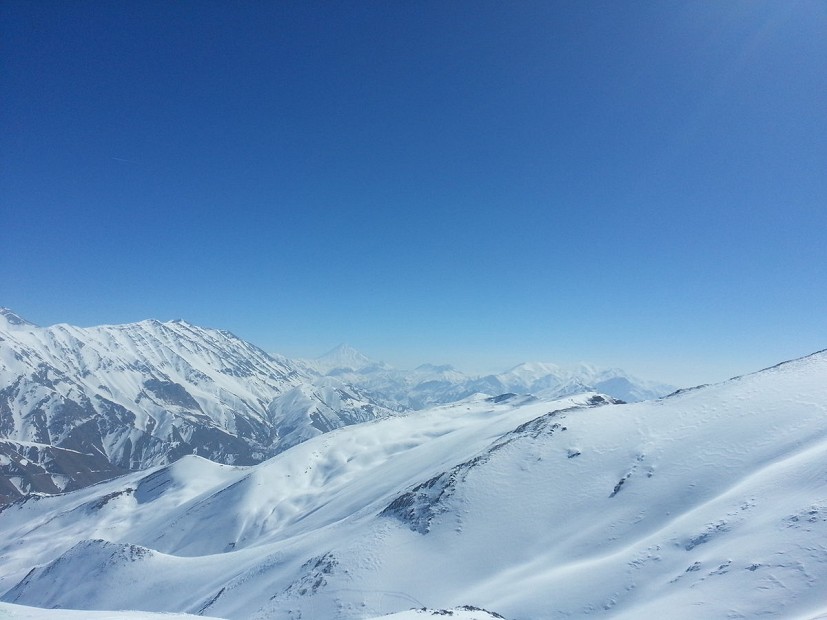
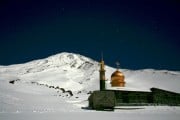


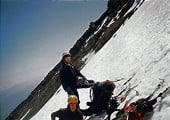
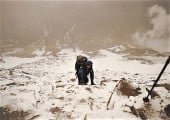
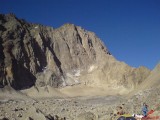

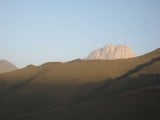
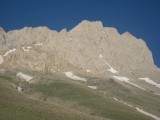



Comments